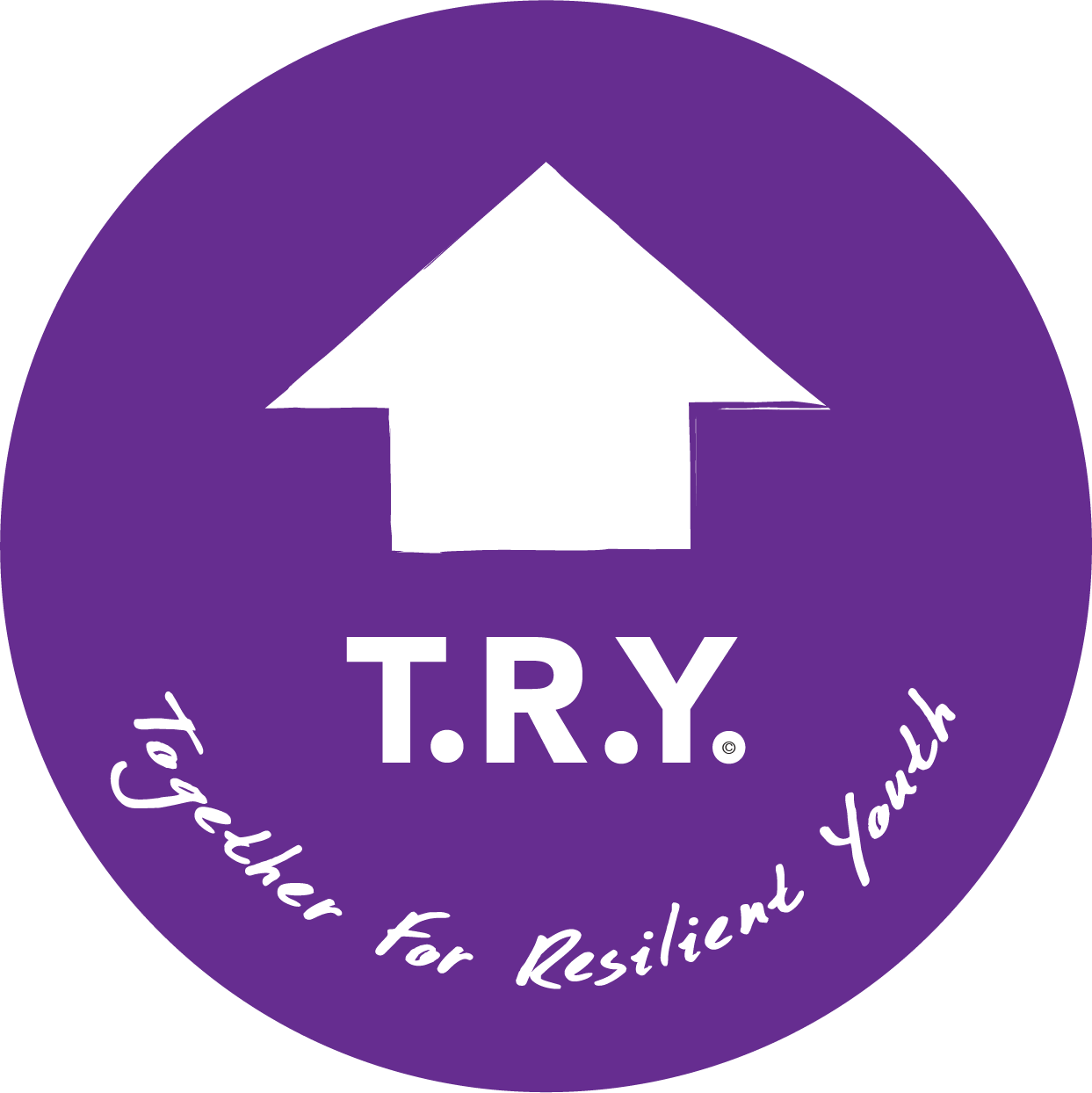Addiction
What happens to your brain when you take drugs?
Drugs are made of chemicals, many similar to the chemicals already in our system. Drugs alter the way nerve cells normally send, receive, and process information. They do this by (1) imitating the brain's natural chemical messengers, (2) by over-stimulating the "reward circuit" of the brain, (3) flooding the brain with excess chemicals, and (4) binding to receptors in the brain.
For example, some drugs, such as marijuana and heroin, have a similar structure to chemical messengers, called neurotransmitters, which are naturally produced by the brain. Because of this similarity, these drugs are able to "fool" the brain's receptors and activate nerve cells to send abnormal messages. This results in the "high" you feel when you take these drugs.
Other drugs, such as cocaine or methamphetamine, can cause the nerve cells to release abnormally large amounts of natural neurotransmitters, or prevent the normal recycling of these brain chemicals, which is needed to shut off the signal between neurons. This disruption produces a greatly amplified message that results in a different type of "high."
Nearly all drugs, directly or indirectly, target the brain's reward system. The overstimulation of this system, which normally responds to natural behaviors that are linked to survival (eating, spending time with loved ones, etc.), produces euphoric effects in response to the drugs. This reaction sets in motion a pattern that compels some people to repeat the behavior or abuse more drugs.
As a person continues to abuse drugs, the brain adapts to the overwhelming surges in dopamine by producing less of its own dopamine or by reducing the number of dopamine receptors in the reward circuit. As a result, dopamine's impact on the reward circuit is lessened, reducing the abuser's ability to enjoy the drugs and the things that previously brought pleasure. This decrease compels those addicted to drugs to keep abusing drugs to attempt to bring their dopamine function back to normal. And, they may now require larger amounts of the drug than they first did to achieve that initial high-an effect known as tolerance.
Long-term abuse causes changes in other brain chemical systems and circuits as well. Drugs of abuse facilitate non-conscious (conditioned) learning, which leads the user to experience virtually uncontrollable cravings when they see a place or a person they associate with the drug experience, even when the drug itself is not available. Brain imaging studies of drug-addicted individuals show changes in areas of the brain that are critical to judgment, decision making, learning and memory, and behavior control. Together, these changes can drive an abuser to seek out and take drugs compulsively despite adverse consequences-in other words, to become addicted to drugs.
NIDA, NIH







